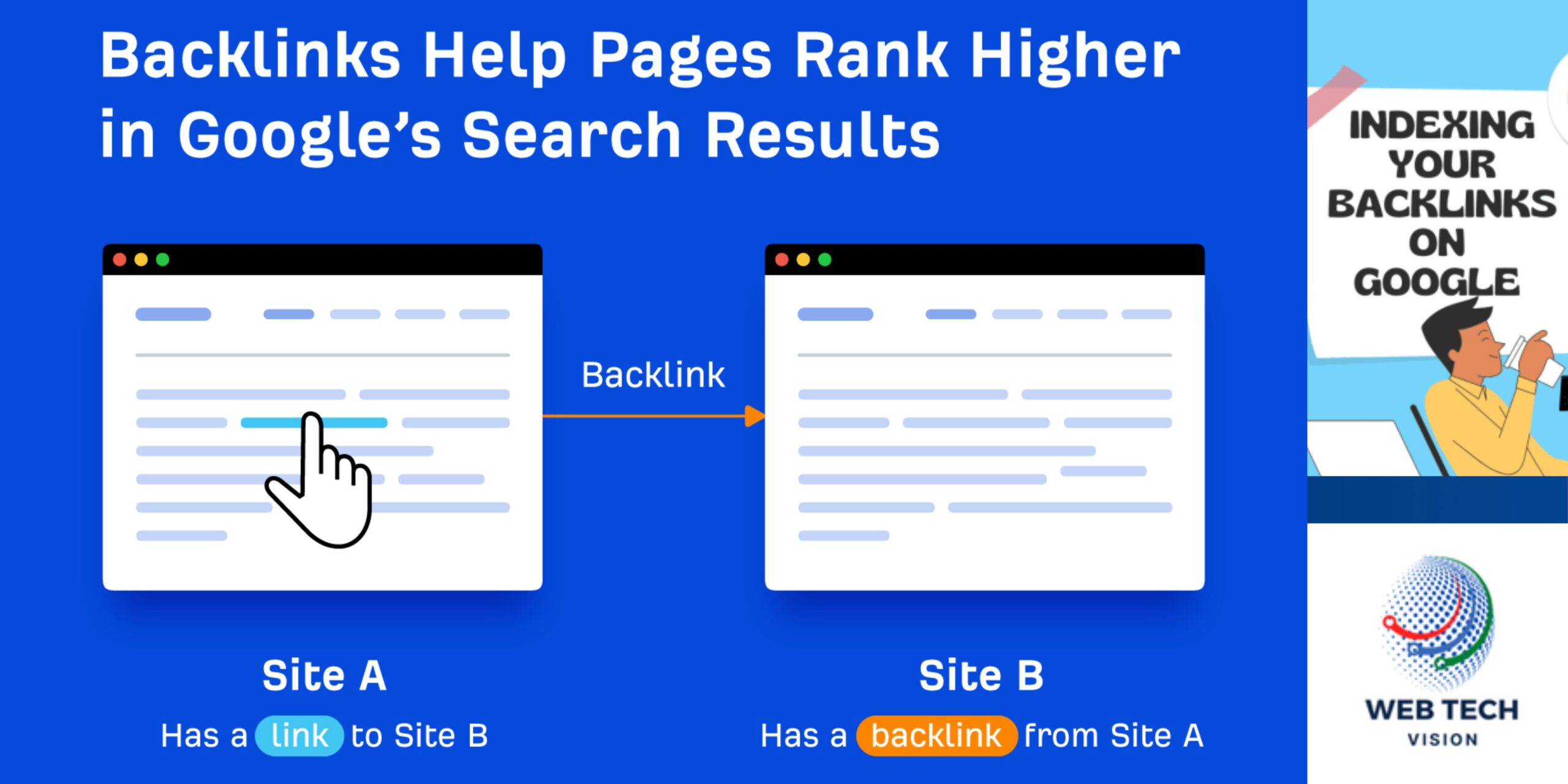In the intricate world of SEO, backlinks stand as pillars of authority, signaling to search engines that your website is a trusted and valuable resource. Backlink analysis, a fundamental aspect of search engine optimization, delves into the quality, quantity, and relevance of these inbound links, offering crucial insights to elevate your digital presence. In this comprehensive guide, we’ll explore the essence of backlink analysis, why it matters, and how you can harness its power to propel your website to new heights of online authority.
1. Unveiling the Power of Backlinks: The Currency of Digital Authority
1.1 What are Backlinks?
Backlinks, also known as inbound or incoming links, are hyperlinks from one website to another. They play a pivotal role in SEO, acting as endorsements that signal to search engines the credibility and relevance of your content.
1.2 Why Do Backlinks Matter in SEO?
Search engines view backlinks as a vote of confidence. The more high-quality and authoritative sites linking to your content, the more search engines perceive your website as a reliable source. Backlinks contribute significantly to your site’s authority, a crucial factor in determining search engine rankings.
2. The Significance of Backlink Analysis: Uncovering the Landscape
2.1 Understanding Backlink Analysis
Backlink analysis involves evaluating the links pointing to your website to gauge their quality, relevance, and impact on your SEO performance. It provides a comprehensive overview of your backlink profile, helping you identify areas of strength, potential issues, and opportunities for improvement.
2.2 The Metrics of Backlink Analysis
- Source Authority: Assess the authority of the websites linking to you. Backlinks from authoritative sources carry more weight in influencing your site’s authority.
- Anchor Text Variation: Analyze the anchor text used in backlinks. A diverse and natural mix of anchor texts contributes to a healthy and organic link profile.
- Link Diversity: Evaluate the diversity of your backlink sources. A variety of domains linking to your site is preferable to a concentration from a single source.
- Relevance to Content: Ensure that backlinks are contextually relevant to your content. Relevance enhances the credibility of your website in the eyes of search engines.
3. The Process of Backlink Analysis: Navigating the Terrain
3.1 Choose the Right Tools
Leverage powerful SEO tools like Ahrefs, Moz, or SEMrush for backlink analysis. These tools provide detailed insights into your backlink profile, including source authority, anchor text distribution, and more.
3.2 Identify High-Quality Backlinks
Focus on identifying backlinks from authoritative and reputable sources. These could include industry leaders, well-established publications, or government and educational institutions.
3.3 Analyze Anchor Texts
Examine the anchor texts used in backlinks. A natural mix of branded, generic, and keyword-rich anchor texts contributes to a balanced and organic link profile.
3.4 Evaluate Link Diversity
Assess the diversity of your backlink sources. A wide range of domains linking to your site not only enhances authority but also protects against the risks of algorithmic changes.
3.5 Check for Toxic Backlinks
Identify and disavow toxic backlinks that could potentially harm your SEO efforts. Toxic links may come from spammy or low-quality sites and can have a detrimental impact on your search engine rankings.
4. Turning Insights into Action: Strategies for Backlink Enhancement
4.1 Outreach for Quality Link Building
Engage in strategic outreach to reputable websites within your industry. Building relationships and securing high-quality backlinks from authoritative sources can significantly enhance your backlink profile.
4.2 Create Shareable Content
Craft content that is informative, engaging, and shareable. Shareable content naturally attracts backlinks as others in your industry reference and link to your valuable resources.
4.3 Guest Posting Opportunities
Explore guest posting opportunities on authoritative websites. Contributing valuable content to other platforms not only establishes your authority but also provides opportunities for quality backlinks.
4.4 Monitor Competitor Backlinks
Analyze the backlink profiles of your competitors. Identify sources that link to them but not to you, and explore opportunities for securing similar high-quality links.
4.5 Regularly Update and Maintain
Backlink analysis is an ongoing process. Regularly monitor and update your backlink profile, ensuring that it aligns with your evolving SEO strategy and goals.
5. Conclusion: Navigating the Backlink Landscape with Precision
In the ever-evolving ecosystem of SEO, mastering backlink analysis is akin to navigating uncharted territories with a detailed map. By understanding the intricacies of your backlink profile, leveraging strategic insights, and implementing proactive enhancement strategies, you not only boost your website’s authority but also fortify its standing in the competitive digital landscape. As you embark on the journey of backlink analysis and optimization, let it be the compass that guides you to new heights of digital authority and search engine prominence.

